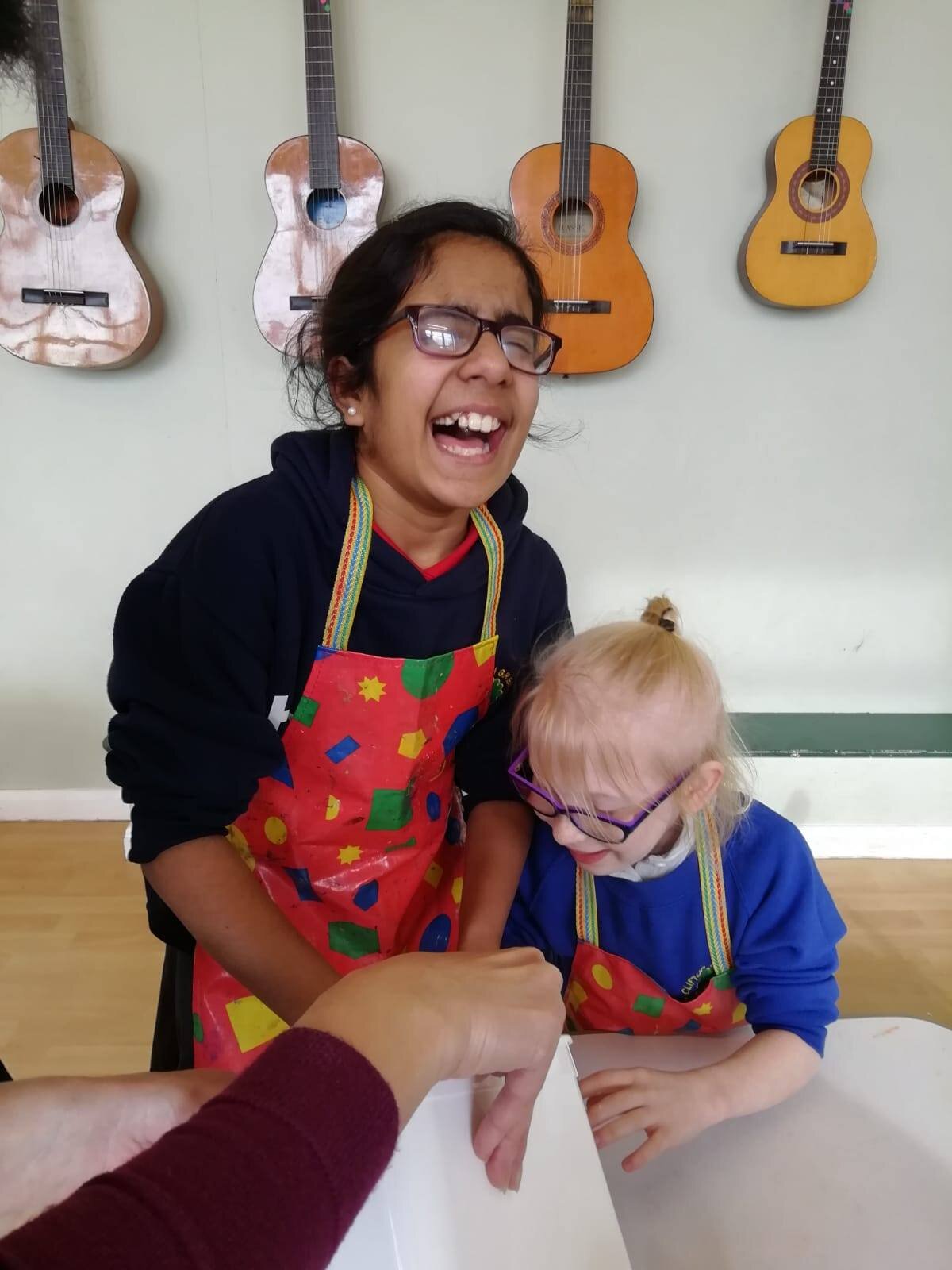On Why Children Matter
In 2011, the writer Michael Morpurgo gave a public lecture on the cultural lives of children. He questioned the value we give to the role of teachers, parents and artists in preparing children for independent life, outlining the low status attributed to work for children in the cultural sector:
He said, “Whether we are talking about children’s theatre, children’s television programmes, children’s films, or children’s books, it is the same — you are at the bottom of the pile. It’s just for children. And even within these worlds, the younger the children concerned…the less status for those involved.”
Some time later, I heard another writer, Martin Amis, give an interview about his work on BBC Radio 4. The interviewer asked if he’d ever considered writing for children.
Amis said, “People ask me if I ever thought of writing a children’s book. I say, ‘If I had a serious brain injury I might well write a children’s book’, but otherwise the idea of being conscious of who you’re directing the story to is anathema to me. I would never write about someone that forced me to write at a lower register than I can write.”
I think that somewhere between these two poles – on the one hand, a fear that work for children is always going to be diminished; and on the other, a total dismissal, by an artist, of children as a potential audience for his work; between these two poles, there has got to be an alternative. For me, this alternative is simply that we accept children as citizens like any other group of people, living in the same world, as fully complex and inexplicable as anyone else; as deserving of great art as anyone else.
Theatre for children is a strange place where people of one generation create work to which people of another generation are compelled to come. I feel strongly that this compulsion – the taking of a child to the theatre – brings a great responsibility to theatre makers and presenters, to venues and to artistic directors, to do what we do as brilliantly as we can. Not to do things well, but to do things brilliantly. Or at least to try.
When I was an undergraduate student in the early 1990s, we learned the archetypes. The archetype of the child encountered the world through the chest – and to find this quality we were encouraged to open our breath and our bodies and our hearts, making ourselves vulnerable, letting the world seep in.
To be vulnerable, emotional, breathless, and fully in our bodies. To open ourselves up. To let the world in, so we can become part of the world and see it, twist it, reimagine it, and re-dream it: this is what it is to be a child. It’s also what it is to be an artist. It’s also what it is to be in love. Being a child, being an artist and being in love are states in which we take the massive risk of allowing ourselves to become who are we through our relationships with others.
When we’re children and when we’re in love, and when we make our work, we’re hyper sensitive, confused, playful, full of energy, emotional, struggling to understand, dazzled by insight, excoriated by the effort and the desire to become more than we already are. We’re trying to make ourselves and make ourselves understood, we’re easily hurt, we’re eager to please, we’re daring, fearful and brave.
When we’re children and when we’re in love, and when we make our work, we know the stakes are high, because we’re on the verge of fully realising our potential and assuming a place in the social world; citizens, partners in being, participants in the world of others.
Our work is to fall in love with each other and with the world, again and again and again, mouth open, awestruck and agog, inquisitive and angry, cruel, fierce and filled brimful and tearful with empathy. Our work is a process of becoming as open and as sensitive and as brave and as fearless and as full of questions as a child.
